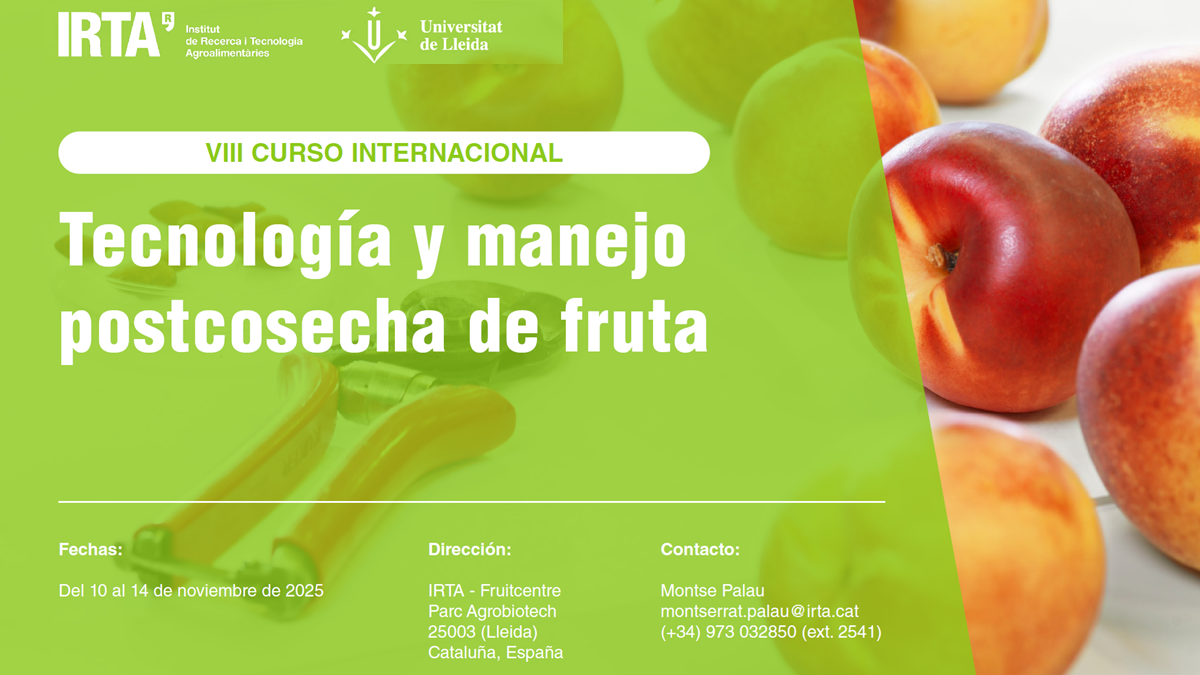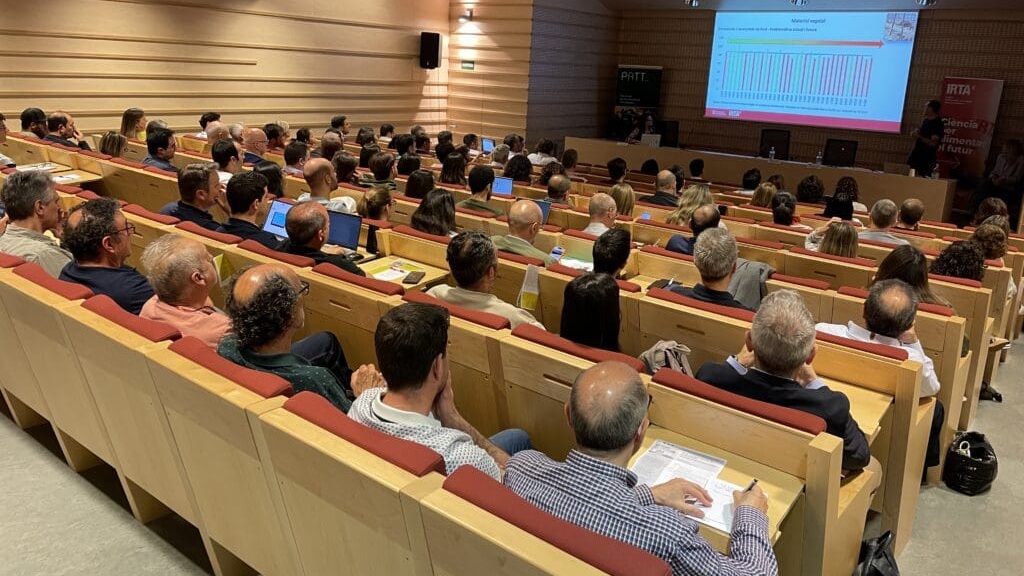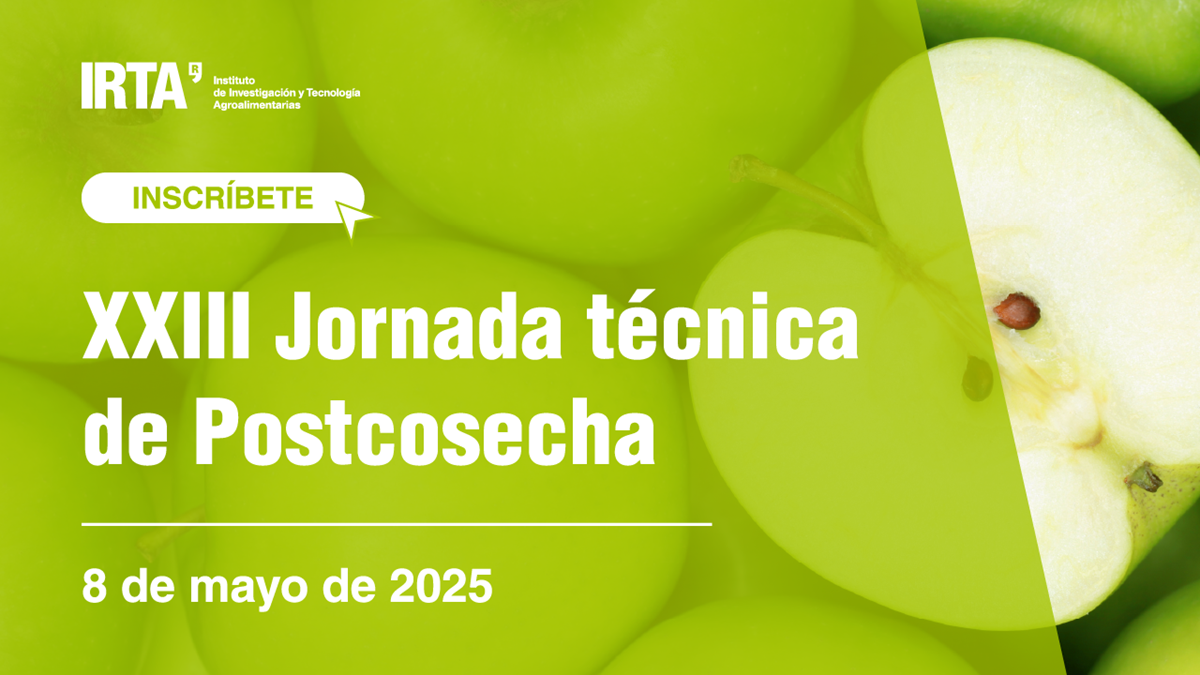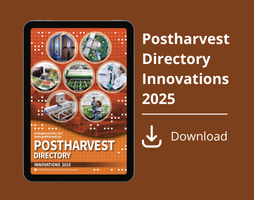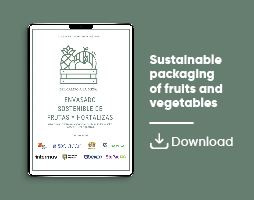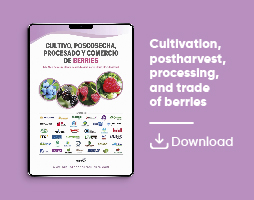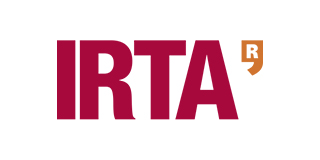

IRTA
Services
IRTA presents DIVINA at Fruit Attraction: a new variety of almond tree with a high fiber, fat, and oleic acid content
The new variety combines high nutritional value with key agronomic characteristics, such as extra-late flowering, self-fertility, and high productivity. DIVINA is presented alongside the INTENSIA rootstock and other IRTA innovations for more sustainable and competitive cultivation
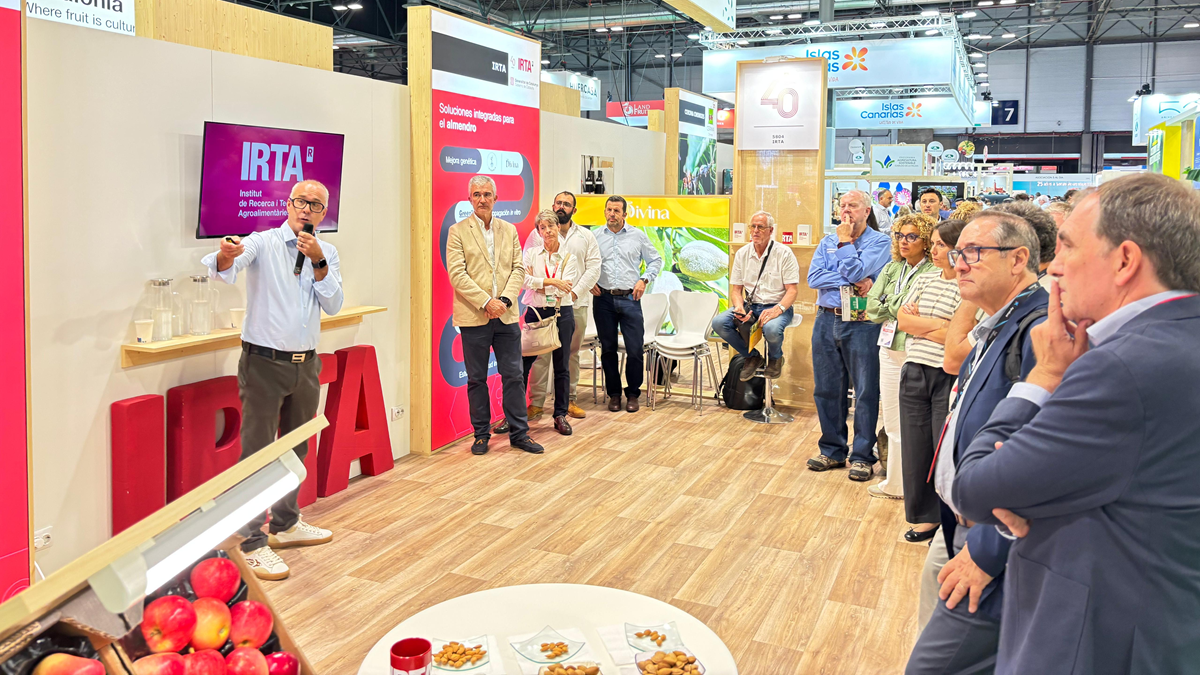
The Institute for Agrifood Research and Technology (IRTA) today presented the new DIVINA almond variety at its stand at Fruit Attraction 2025, the result of more than a decade of research. This almond combines high nutritional value with key agronomic characteristics, such as extra-late flowering, self-fertility, and high productivity, designed to meet the growing demand for healthy foods.
Xavier Miarnau, a researcher specializing in almond trees at IRTA's Fruit Growing Program, highlighted:
“With DIVINA, we are taking another step forward in the transformation of almond cultivation, offering the sector a variety designed to meet the needs of producers and industry, but also the expectations of consumers.”
40 years of research alongside the almond tree
Coinciding with its 40th anniversary, IRTA recalls its key role in transforming cultivation. Since the 1970s, the institute has developed varieties such as Masbovera, Glorieta, Francolí, Vairo, Marinada, and Constantí, which drove the transition to an intensive and technified production model.
At the same time, IRTA has always supported the sector through knowledge transfer activities and benchmark field days.
Technological innovation at the service of the sector
Along with the new variety, IRTA presents other advances that reinforce its commitment to sustainable and competitive cultivation:
- GreenTray®, an in vitro cultivation system using controlled temporary immersion that improves clonal multiplication, reduces costs, and facilitates handling.
- IRRIDESK®, a digital tool that integrates meteorological data, sensors, and remote sensing to offer precision irrigation prescriptions tailored to each plot on a daily basis.
- Almond Grove Assessors, IRTA's new spin-off that offers technical and agronomic advisory services to improve the profitability and sustainability of farms in a personalized way.
With the new DIVINA variety, the INTENSIA rootstock, and technologies such as GreenTray® and IRRIDESK®, IRTA reaffirms its commitment to innovation and knowledge transfer to ensure a more efficient, sustainable, and competitive almond production model.
About IRTA
IRTA (Institute for Agrifood Research and Technology) is a research institute dedicated to agrifood R&D&I in the fields of plant production, animal production, food industries, the environment, global change, and the agrifood economy. The transfer of its scientific advances contributes to modernizing the sector to provide healthy, high-quality food to consumers and improve the well-being of the population. IRTA is attached to the Department of Agriculture, Livestock, Fisheries, and Food (DARPA) of the Government of Catalonia and is part of the CERCA system.


